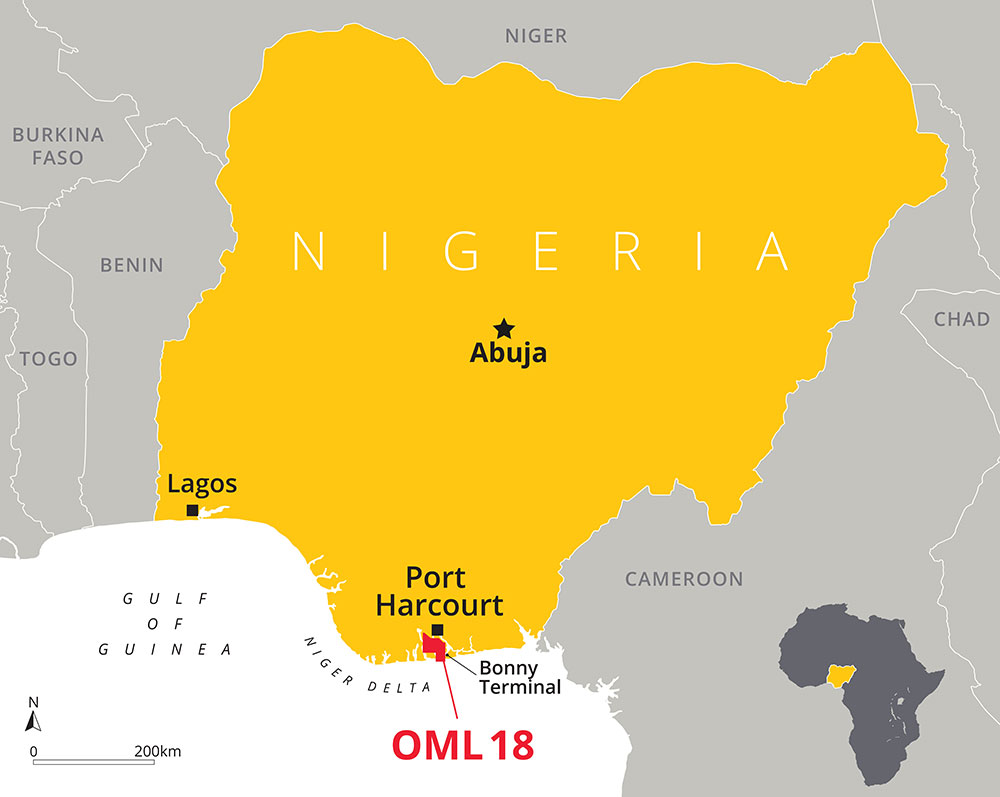San Leon Energy’s deal to secure financing from a North American fund will make the company’s story “much simpler and less complicated”, CEO Oisin Fanning explained today.
“San Leon has always suffered from a complicated story,” he told Energy Voice. The company struck a deal to enter OML 18 and various agreements came and went with other parties. “It was a square peg in a round hole,” Fanning said.
The agreement announced this morning with Tri Ri Asset Management, worth $187 million, cuts out much of this uncertainty. The deal has support from San Leon’s largest shareholder, Toscafund, and the EGM to approve the lending is virtually a foregone conclusion.
San Leon was suspended from trading on AIM because the company was unable to file its accounts. Fanning explained this had been a result of its Nigerian partners not providing it with timely records.
This is changing. “One set of accounts has been signed and by the end of this month, or early November, we should be back up and running.”
Toll road
In exchange for the funding, San Leon will also be able to increase its stake in export infrastructure – through which OML 18 will send some of its oil.
Two years ago, high levels of theft drove the OML 18 partners to cut back production. “We were only producing it for thieves,” Fanning explained.
This drove the companies to come up with an alternative strategy for exports. Energy Link Infrastructure (ELI) commissioned the FSO Akaso last week. The vessel is now ready to receive barges full of crude.
“All the certificates are issued and today it can take oil. The only thing to complete is the pipeline from OML 18, which will take another 90 days to connect and complete,” he said.
San Leon will increase its stake to 55% in ELI, while Tri Ri’s financing give it 50% of dividends paid from ELI for 15 years.
Fanning highlighted the importance of the move into the midstream for San Leon. He compared the export route to a toll road, with exporters paying $5 per barrel for throughput, with operational expenditure of $1 per barrel.
OML 18 has reached 20,000 barrels per day of production recently. It will increase this to 60,000-70,000 bpd within about 12 months.
The FSO will be able to take 100,000 bpd of exports via pipeline and another 100,000 bpd through barges.
“OML 18 will only contribute about 30% of the exports. So many people have signed up and want to sign up – we’re going to reach full capacity very quickly,” Fanning said.
The company’s local partners have suffered from a shortage of funding. This has allowed San Leon to increase its stake in ELI.
Solving the problem
On OML 18, though, Nigerian National Petroleum Corp. (NNPC) has made progress in reducing the amount it owes to its partners. Fanning described the new government as “very open to business and foreign capital”.
Earlier this year, Eroton Exploration and Production – and by proxy San Leon – ran into problems with NNPC and Sahara Group on the licence.
Fanning said this had now been resolved. “NNPC, which has a 55% stake, will be the operator of the licence, neither Sahara nor Eroton. NNPC as operator solves the problem.”
Recommended for you




 © Supplied by San Leon Energy
© Supplied by San Leon Energy






